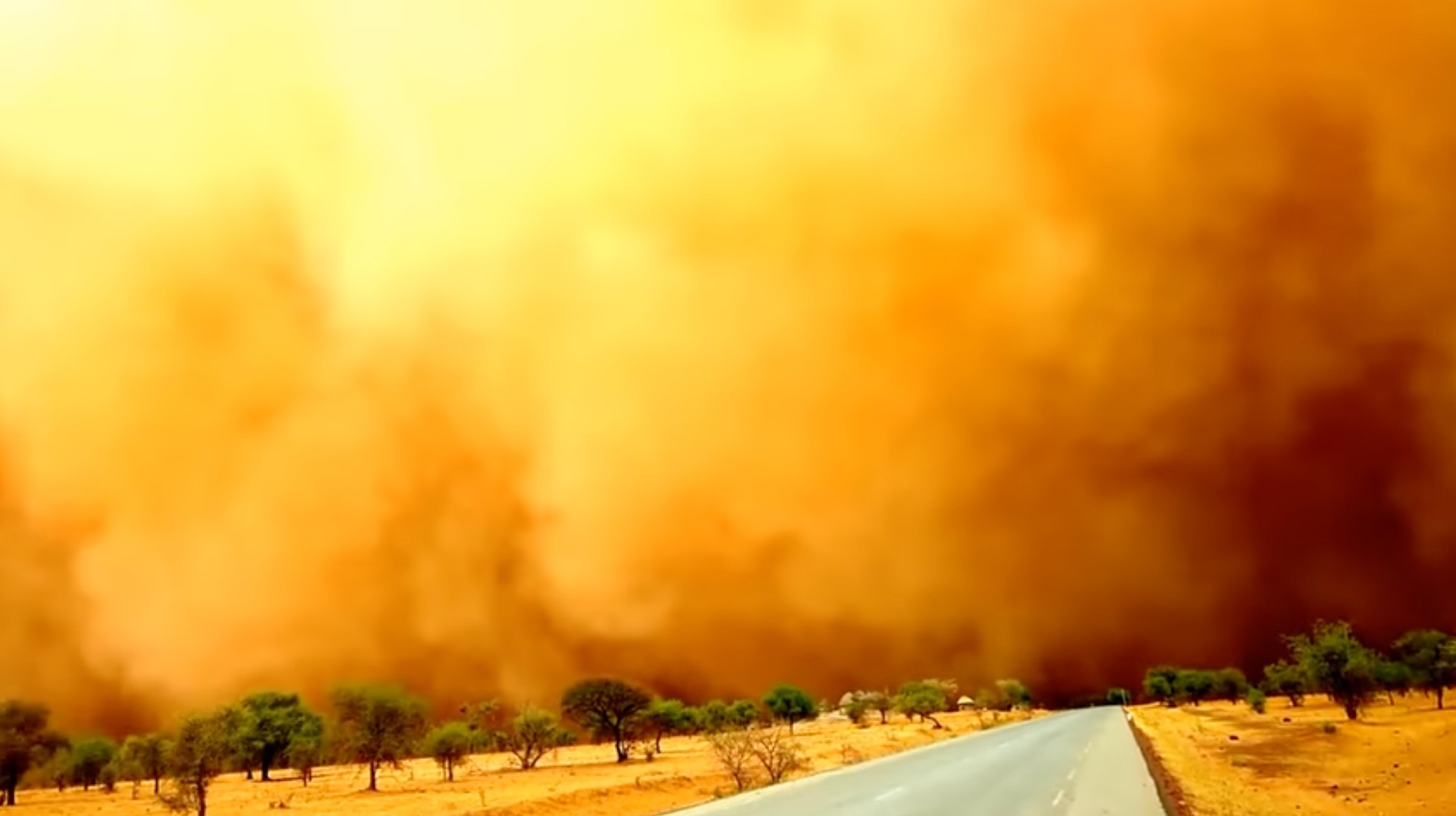- Sand and dust storms harm the health and quality of life of billions of people and cost billions of dollars to the world economy, according to Celeste Saulo, the Secretary-General of the World Meteorological Organisation (WMO).
Sand and dust storms harm the health and quality of life of billions of people and cost billions of dollars to the world economy, according to Celeste Saulo, the Secretary-General of the World Meteorological Organisation (WMO).
The UN weather Agency reports have warned that although the level of dust went down marginally in the year 2024, the impact on human life and economies has gone up.
The amount of sand and dust getting into the atmosphere annually determines the storms which scatter the particles across global borders. This information is according to the World Meteorological Organisation (WMO) annual report.
The WMO has estimated that more than 330 million people in 150 countries around the world are affected by sand and dust storms. This has led to early deaths and caused numerous health issues, steepening economic costs.
Although we view the movement of sand and dust as a natural weather process, increased land degradation and mismanagement of water sources over the last few decades have exacerbated the prevalence and geographic spread of this catastrophe.
Read More
80% of this menace comes from North America and the Middle East. The dust and sand particles from these places are estimated to be transported thousands of kilometres across the world’s borders and oceans.
For instance, what starts as a storm in the Sahara can darken skies in Europe within a very short time. Liftings from Asia can alter the quality of air in Africa. The atmosphere is not conscious of the borders.
Examples are cases like the fierce winds and drought in Mongolia that brought dust to Beijing and some Northern parts of China in 2024. In the same year, dust and sand from Western Sahara travelled to the Canary Islands of Spain.
Therefore, sand and dunes are becoming a fast-growing challenge that should not be overlooked. The catastrophe has far-reaching world challenges of the present times, hence it requires urgent address.
The storm is capable of obscuring sunlight, affecting ecosystems on both land and sea. This weather occurrence has profound effects on human life and economies, not to mention the impact on the environment.
Between 2018 and 2022, approximately 4 billion people were vulnerable to dust particles, with the most exposed regions experiencing 87% of the dust exposure during this time. The particles exacerbated cardiovascular diseases and had adverse health effects, which eventually led to 7 million premature deaths annually among the vulnerable populations.
Therefore, the World Meteorological Organisation, together with other organisations involved in climate change and management, should advocate for the international community to invest towards early warning systems and also track data on the same to manage and curb the menace of time.
This should be a global effort since sand and dust storms do not respect boundaries. Therefore, coordination should be a paramount, multisectoral and multilateral action of every individual.
The United Nations has already declared 2025 – 2034 as the Decade of Combating Sand and Dust Storms. We hope this will be a turning point as heads of states are encouraged to move from awareness to action and fragmentation to coordination.






